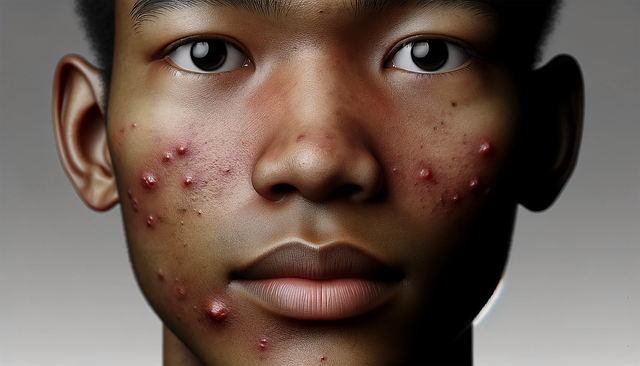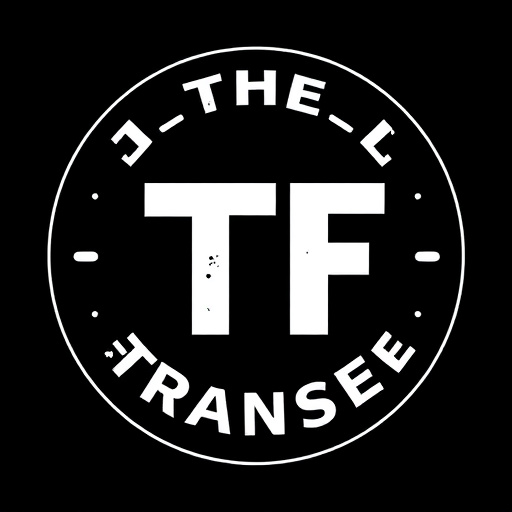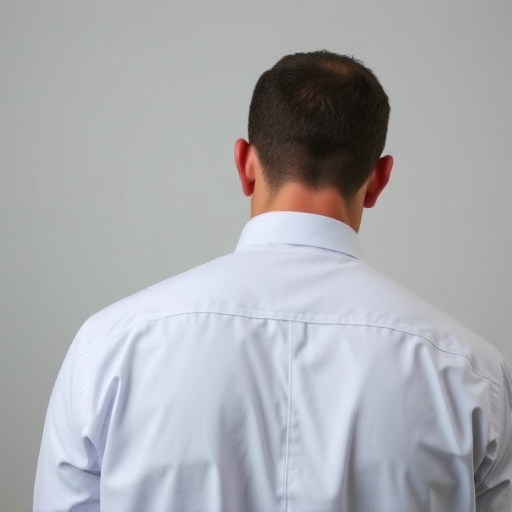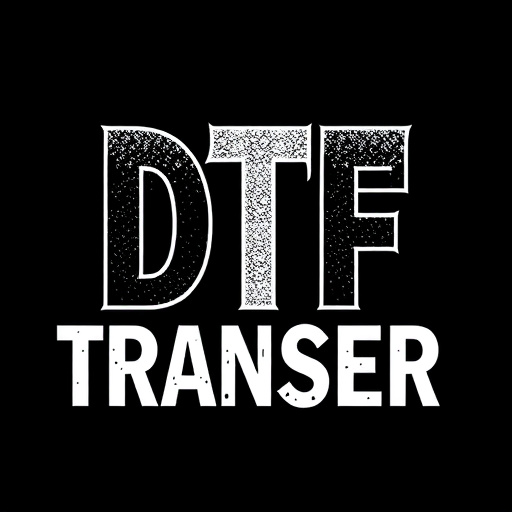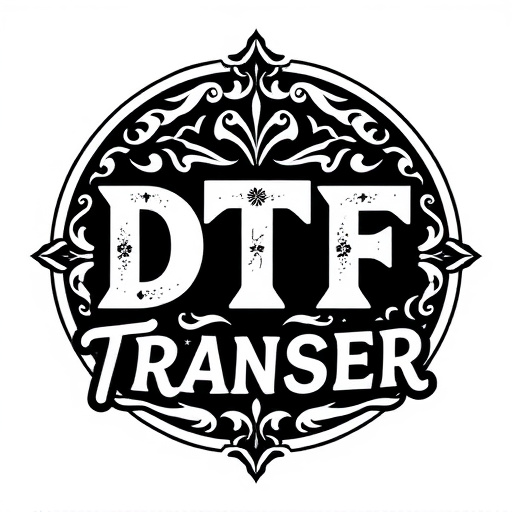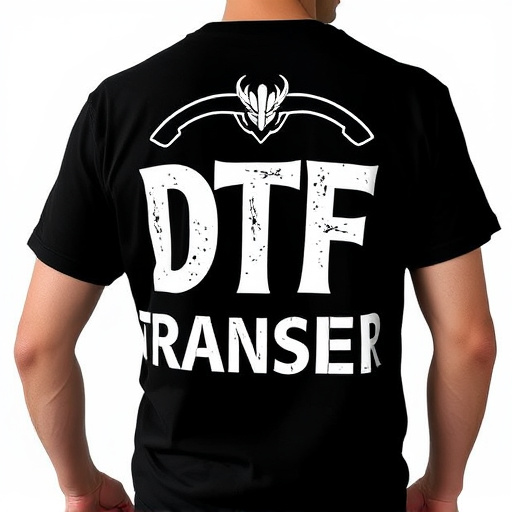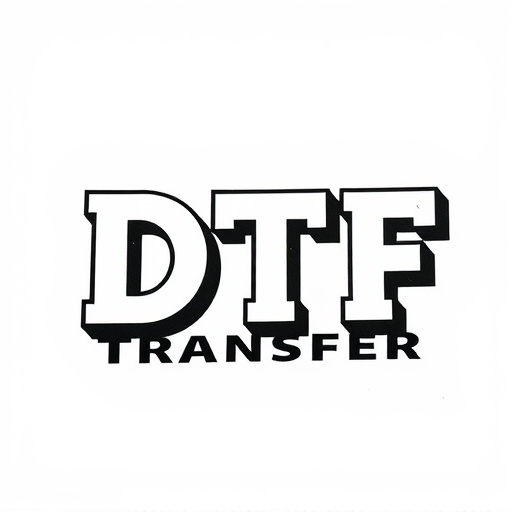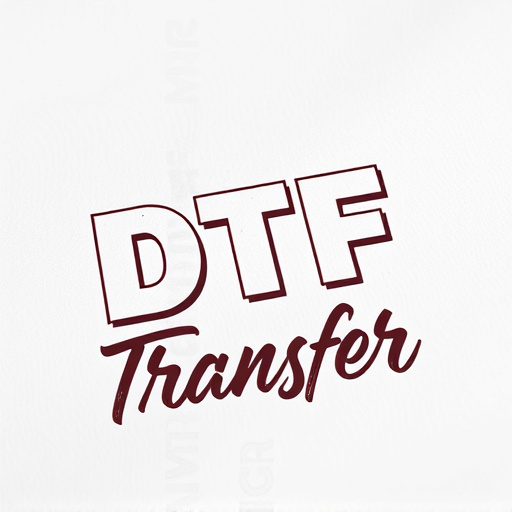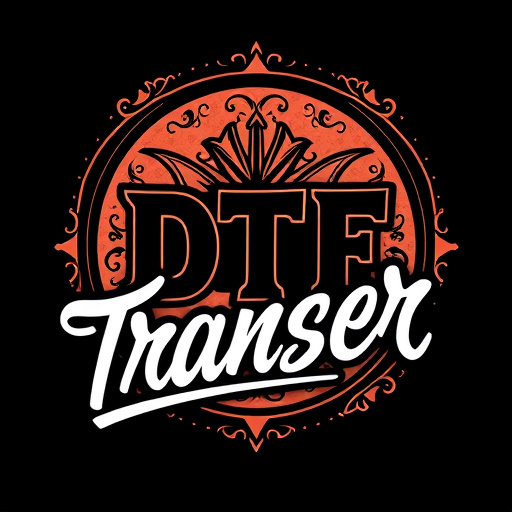Direct-to-fabric (DTF) transfer printing is a revolutionary method for creating custom fabric designs with minimal investment. This technology allows businesses and individuals to produce on-demand, high-quality prints on various fabrics, catering to small batches and personalized items. DTF's key advantages include swift design iterations, flexible production, and cost-effectiveness, making it ideal for startups, artists, and those seeking unique fabric creations with a soft, artisanal finish. When designing for DTF, focus on intricate graphics, consider fabric absorbency and texture, and ensure quality control for vibrant, long-lasting results.
“Unleash your creativity with Small-batch DTF Transfer Printing—a game-changer for custom apparel and merchandise. This method offers unparalleled flexibility without traditional quantity constraints. Discover how DTF (Direct to Fabric) transfer printing allows for unique, high-quality designs on demand.
In this comprehensive guide, we demystify the process, highlighting its advantages and providing expert tips. From design optimization to fabric selection, learn how to create lasting DTF prints, ensuring your creations stand out in a competitive market.”
- Understanding DTF Transfer: A Versatile Printing Method
- Advantages of Small-Batch DTF Printing
- Dispel the Myth: No Minimum Quantity Requirements
- Optimizing Your Design for DTF Prints
- Choosing the Right Fabric for DTF Transfer
- Quality Control and Care for Long-Lasting DTF Designs
Understanding DTF Transfer: A Versatile Printing Method
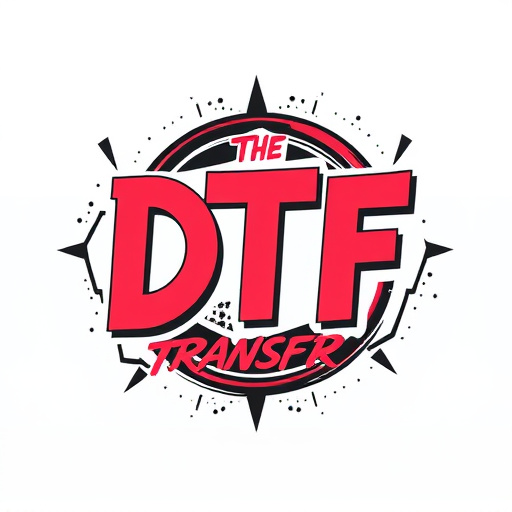
Understanding DTF Transfer: A Versatile Printing Method
Direct-to-fabric (DTF) transfer is a printing technique that allows for small-batch production without the need for minimum order quantities. Unlike traditional printing methods that require complex set-ups and large runs, DTF offers a straightforward and cost-effective solution for creating custom fabric designs. This method involves transferring ink directly onto a fabric surface using heat and pressure, enabling the production of unique, personalized prints on demand.
DTF transfer is particularly versatile as it can be applied to various fabrics, including cotton, polyester, and blends, making it suitable for apparel, home decor, and accessories. The process starts with designing artwork digitally, which is then printed onto a special transfer paper using inkjet or laser printers. This transfer paper acts as a carrier for the design, allowing it to be precisely transferred to the fabric during the heat press cycle. DTF printing offers excellent color accuracy, vibrant inks, and high-quality results, making it a popular choice for small businesses, entrepreneurs, and individuals seeking to bring their creative ideas to life without large investments or minimum order requirements.
Advantages of Small-Batch DTF Printing
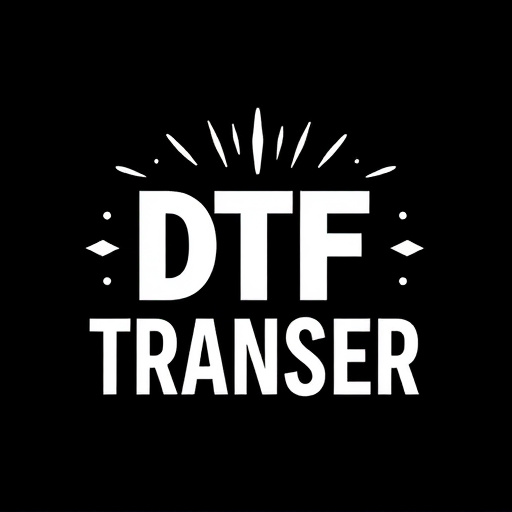
Small-batch DTF (Direct to Fabric) printing offers a host of advantages for businesses and creatives looking to produce custom prints without the constraints of large minimum order quantities. One of the key benefits is its flexibility; you can easily adapt designs and launch new products swiftly, responding directly to market trends and customer demands. This method allows for personalized, unique items, catering to a niche market that values individuality.
Additionally, DTF transfer printing enables high-quality results on a variety of fabrics, from t-shirts to home decor items. It provides an affordable entry point for businesses looking to test the water without significant investment, making it an attractive option for startups and small enterprises. The ability to produce smaller batches also reduces waste, which is not only cost-effective but also environmentally friendly, ensuring that businesses can meet their sustainability goals.
Dispel the Myth: No Minimum Quantity Requirements
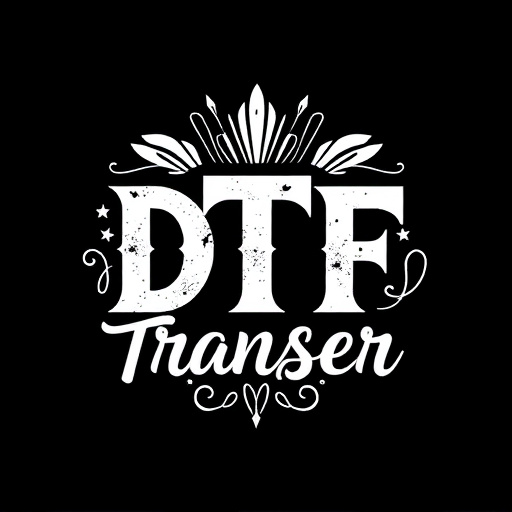
Many businesses believe that to access small-batch printing or transferring options, they’re bound by a strict minimum quantity requirement. This is simply not the case anymore. Modern technology has revolutionized the industry, allowing for flexible and customized production runs. With Direct to Garment (DTF) Printing and Transfer methods, entrepreneurs and brands can now produce as little as one print or transfer at a time, making it an ideal solution for small businesses, startups, and even individual artists.
Say goodbye to the idea of large orders and hello to on-demand production. DTF allows for quick turnaround times and precise, high-quality results. Whether you’re creating custom t-shirts, tote bags, or accessories, this process ensures that you only produce what you need, when you need it. So, if you’re looking to test a design, launch a limited-edition collection, or simply avoid overproduction, DTF Printing and Transfer are game-changers, offering unparalleled convenience and control without any hidden quantity barriers.
Optimizing Your Design for DTF Prints
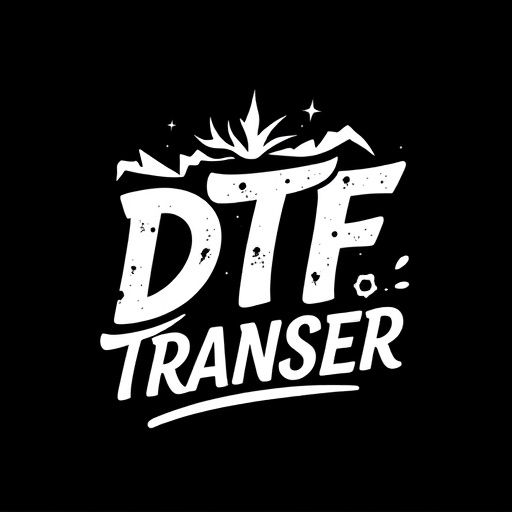
When designing for DTF (Direct to Fabric) prints, optimizing your artwork for the unique requirements of this process is key. Since DTF transfers don’t require large quantities like traditional printing methods, you have more flexibility in terms of design complexity and detail. Focus on creating intricate patterns or bold, graphic designs that will showcase the capabilities of the DTF transfer. High contrast and sharp lines work best, as these elements translate well into the final print quality.
Consider the fabric’s material and color when preparing your design. Different fabrics have varying absorptive properties, so testing your design on the specific fabric type is crucial. Ensure your artwork has a solid background to prevent ink bleeding under the transfer layer. Additionally, keep in mind that DTF prints offer a soft, somewhat subtle finish, different from traditional printing. This method is perfect for creating custom, small-batch items with a unique, artisanal touch.
Choosing the Right Fabric for DTF Transfer

When selecting fabric for DTF (Direct to Fabric) transfer printing, it’s essential to consider the material’s absorbency and overall quality. Cotton and linen are popular choices due to their ability to absorb ink effectively, resulting in vibrant and long-lasting DTF prints. Opting for pre-shrunk fabrics ensures your designs maintain their crispness even after washing. Sheer or lightweight fabrics might not be ideal as they can distort the design, whereas heavier, tightly woven materials offer a more durable finish.
Additionally, fabric texture plays a role in achieving desirable print outcomes. Smooth surfaces allow ink to transfer evenly, while slightly textured fabrics can add subtle dimension to your DTF prints. Always test the fabric type and brand to guarantee compatibility with your printing process, ensuring you achieve the desired aesthetic for your custom creations.
Quality Control and Care for Long-Lasting DTF Designs
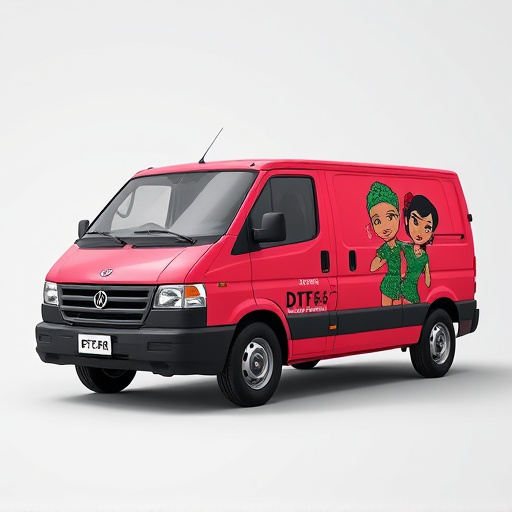
Ensuring quality control is paramount for creating long-lasting DTF (Direct to Fabric) designs. When producing small batches, every print should be meticulously checked to meet high-quality standards. This involves inspecting each DTF transfer for any defects or inconsistencies in color and detail. Proper care after printing is equally vital. Washing instructions should be clearly communicated to ensure customers achieve the best results and prolong the lifespan of their DTF prints. Using recommended washing methods, like cold water and gentle cycles, can significantly reduce fading and maintain the vibrancy of colors.
Regular quality checks and customer education foster a positive perception of your brand and encourage repeat business. By focusing on these aspects, small-batch DTF printing ventures can offer personalized, high-quality products without sacrificing care or attention to detail.
